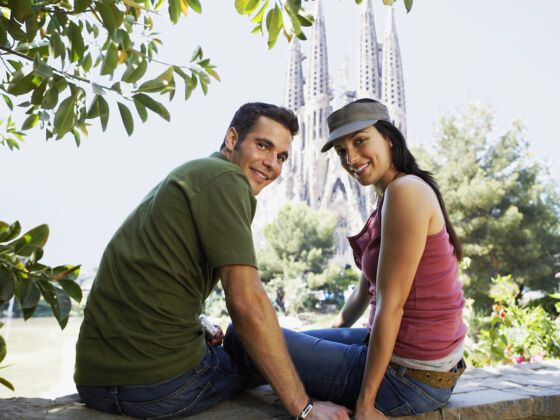In 2008, humanity reached a milestone. For the first time in our history, more than half of us were living in cities versus rural areas. It’s hard to hear this news and not picture a claustrophobic Blade Runner-esque world of overcrowded urban slums, but this doesn’t necessarily have to be the case.
Cities, if built well, are actually good for humanity. People who live in dense cities walk more, and thus have healthier hearts. City dwellers also have a much lower carbon footprint than suburbanites.
So a more city-centric future doesn’t mean we’ll be living in some horrible dystopia, as long as we build our cities thoughtfully. Here are some things we can do now to make our cities healthier, safer, more livable places.
